Sleep deprivation alters immune cell metabolism, causing changes to epigenetics through lactylation, triggering immune dysregulation.


Sleep deprivation alters immune cell metabolism, causing changes to epigenetics through lactylation, triggering immune dysregulation.
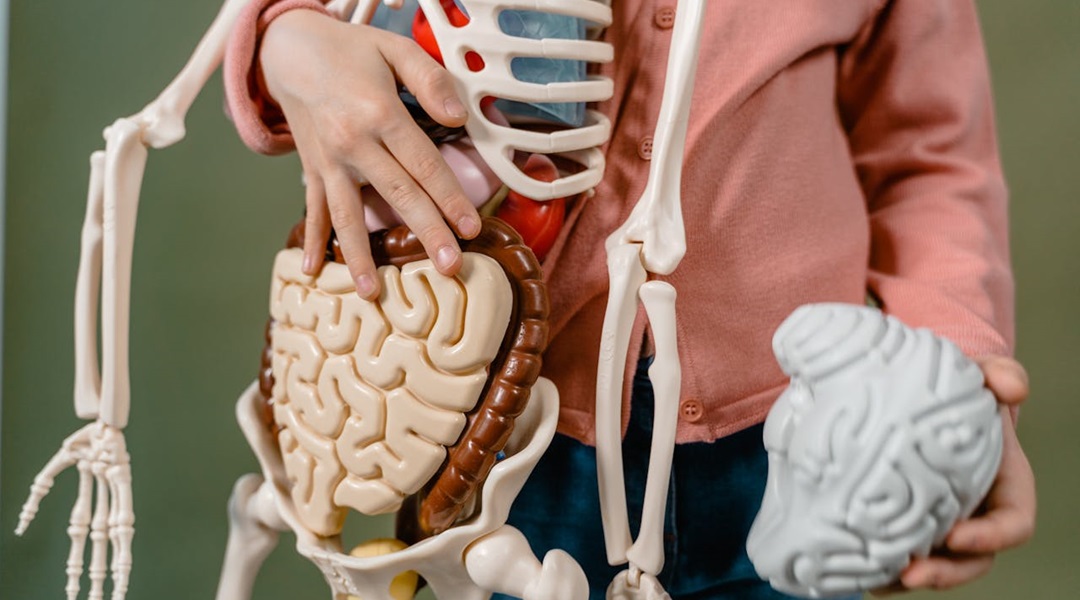
Obesity changes gut microbiota, causing immune cells to age prematurely and secrete a protein which weakens bones
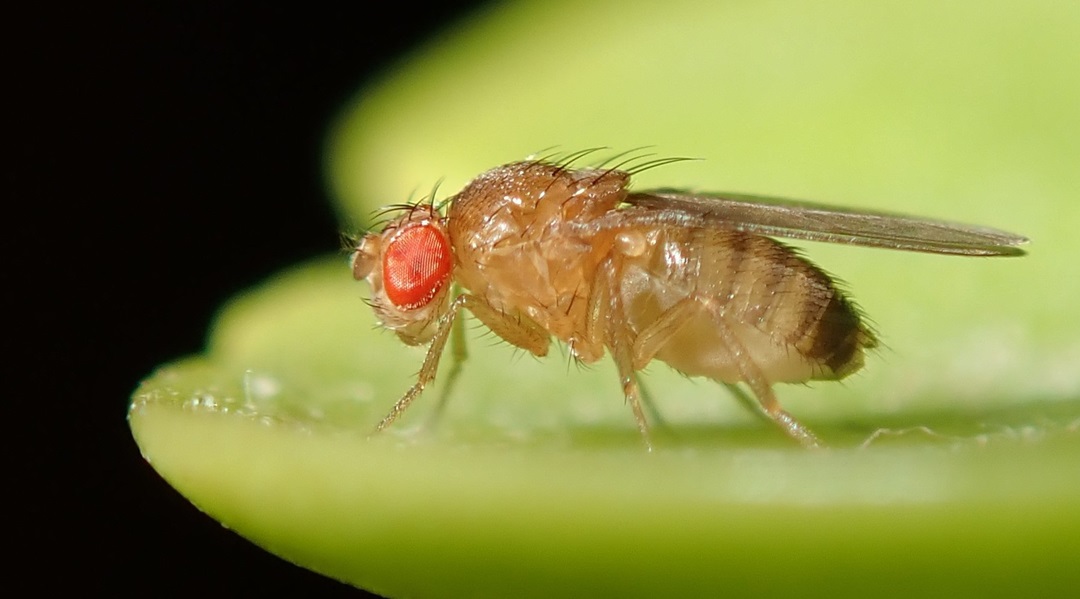
Infected fruit flies use behavioral fever against deadly parasitoid wasps.

New study reveals how repeated cold-water exposure enhances the cellular defenses, promoting adaptation to extreme temperatures.
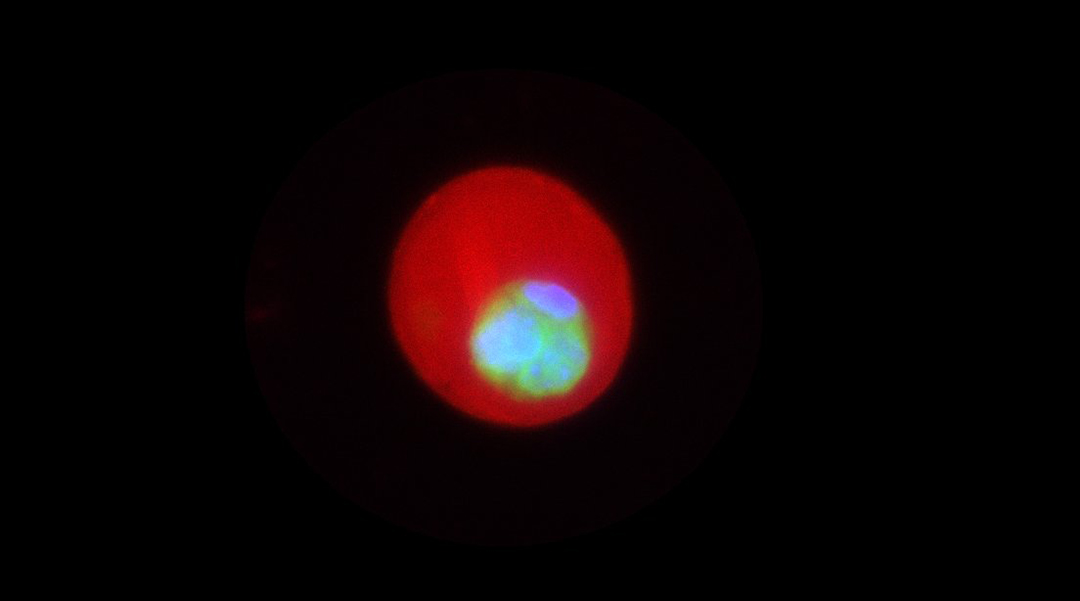
A new 3D cell culture allows researchers to study how mechanical pressure influences stem cells for regenerative medicine and cell therapy.
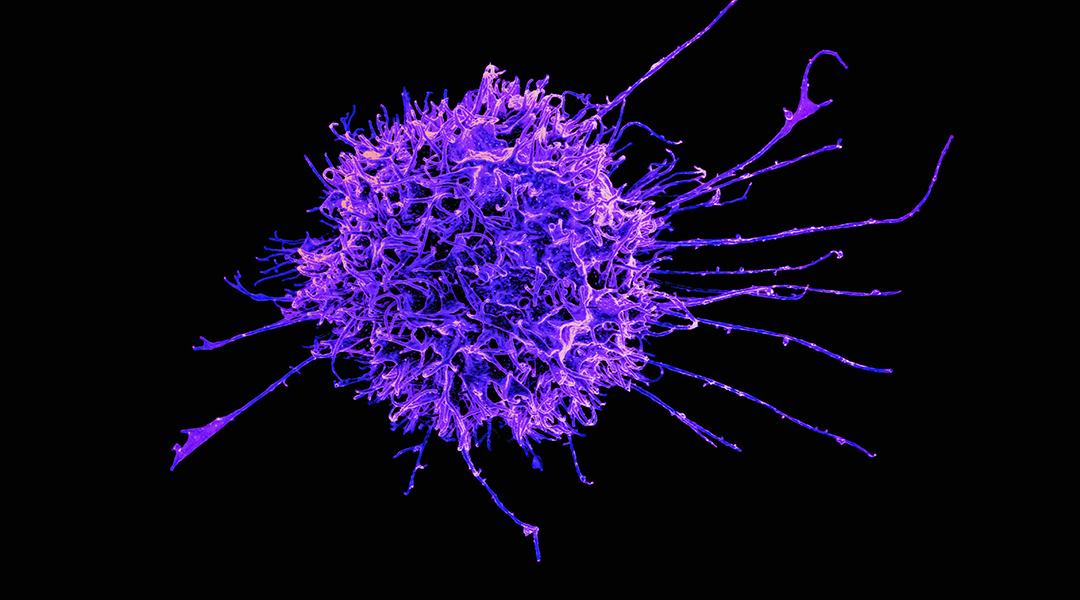
A new link between what cells feed on and their gene activity could have huge implications in cancer research and beyond.
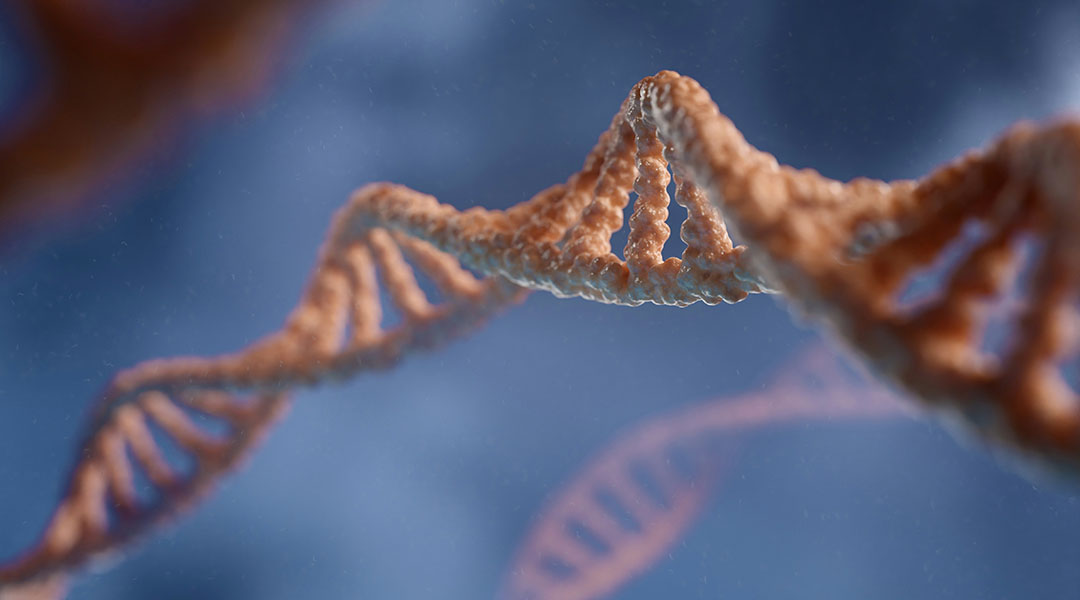
Scientists uncover how the complex interactions between nucleosomes influence DNA’s organization in chromosomes.
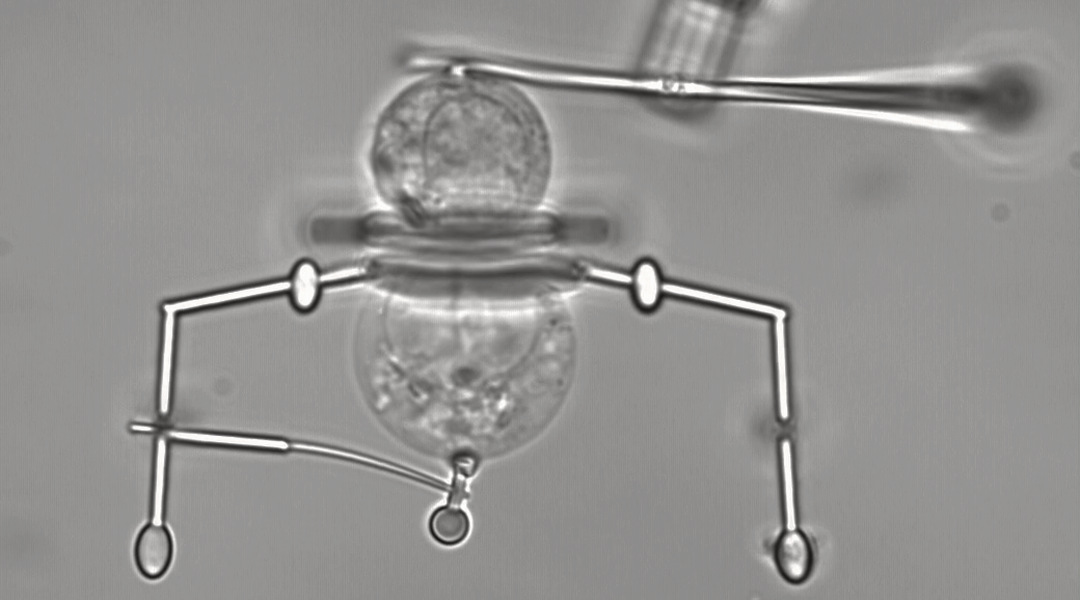
Fitted with nanoscale grippers, these microrobots offer new opportunities for imaging and manipulating single cells.
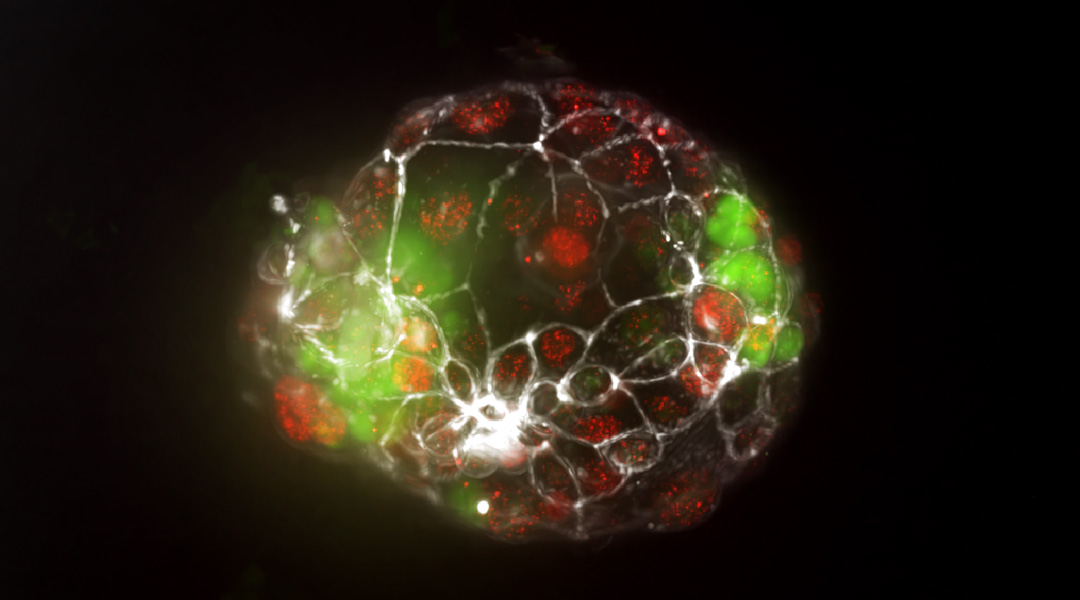
A new organ-on-a-chip model allows researchers to study the splitting of the embryo during pregnancy for the first time.
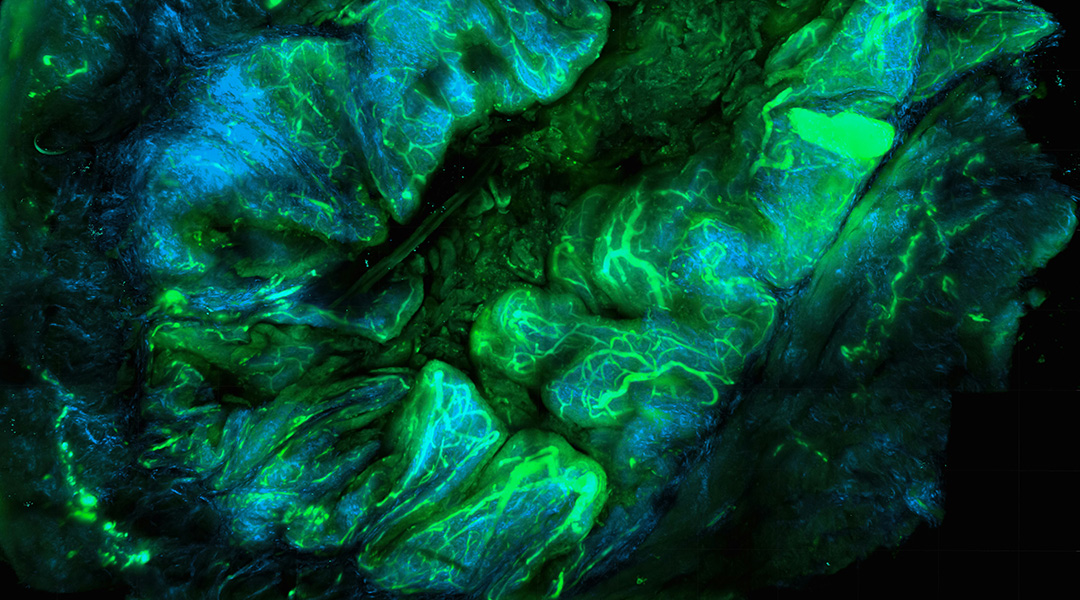
New probe system offers real-time protein mapping within living cells, unlocking insights into cellular function and disease mechanisms.